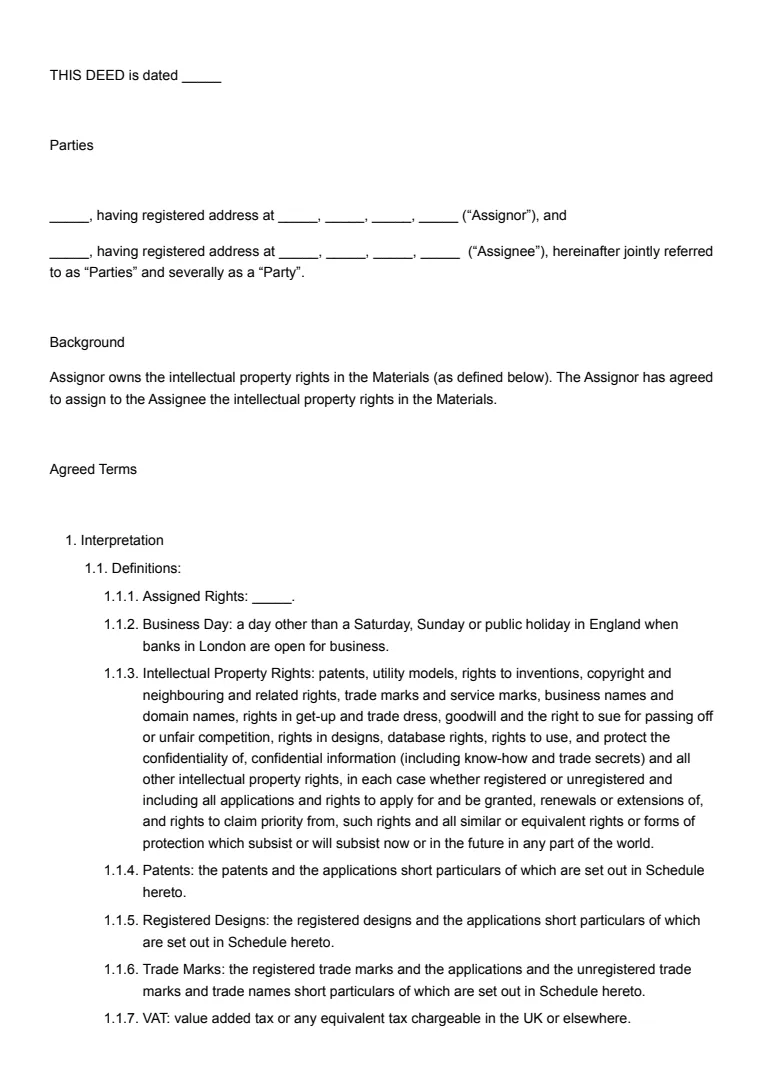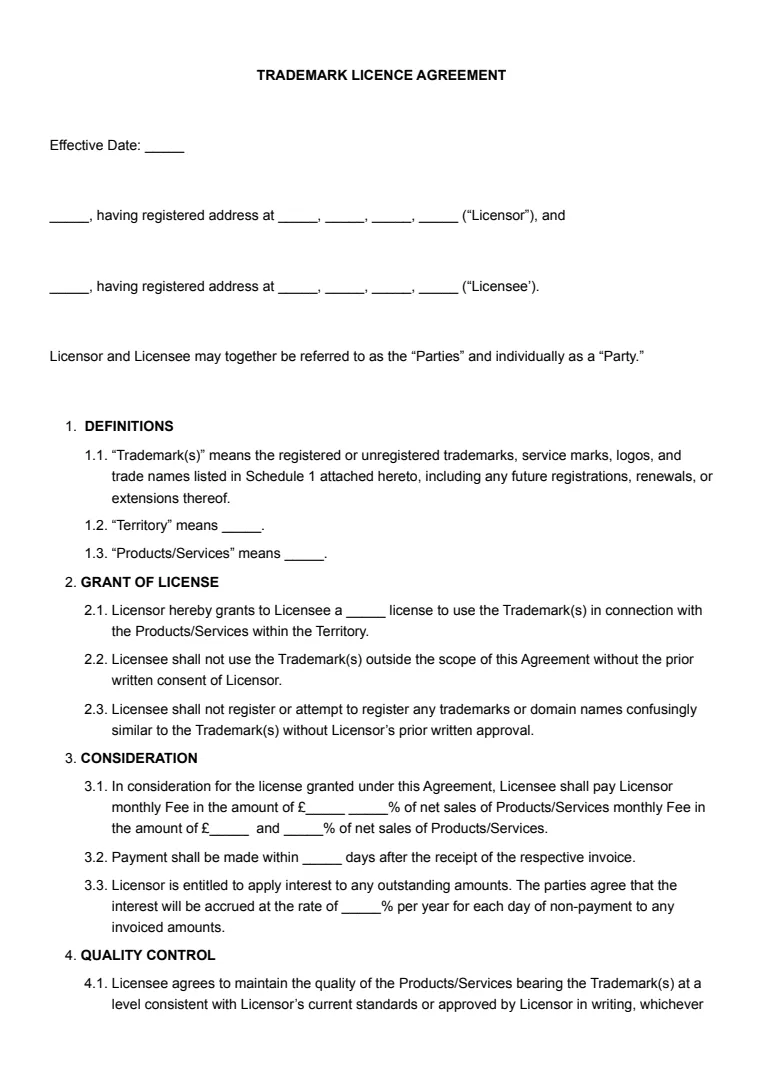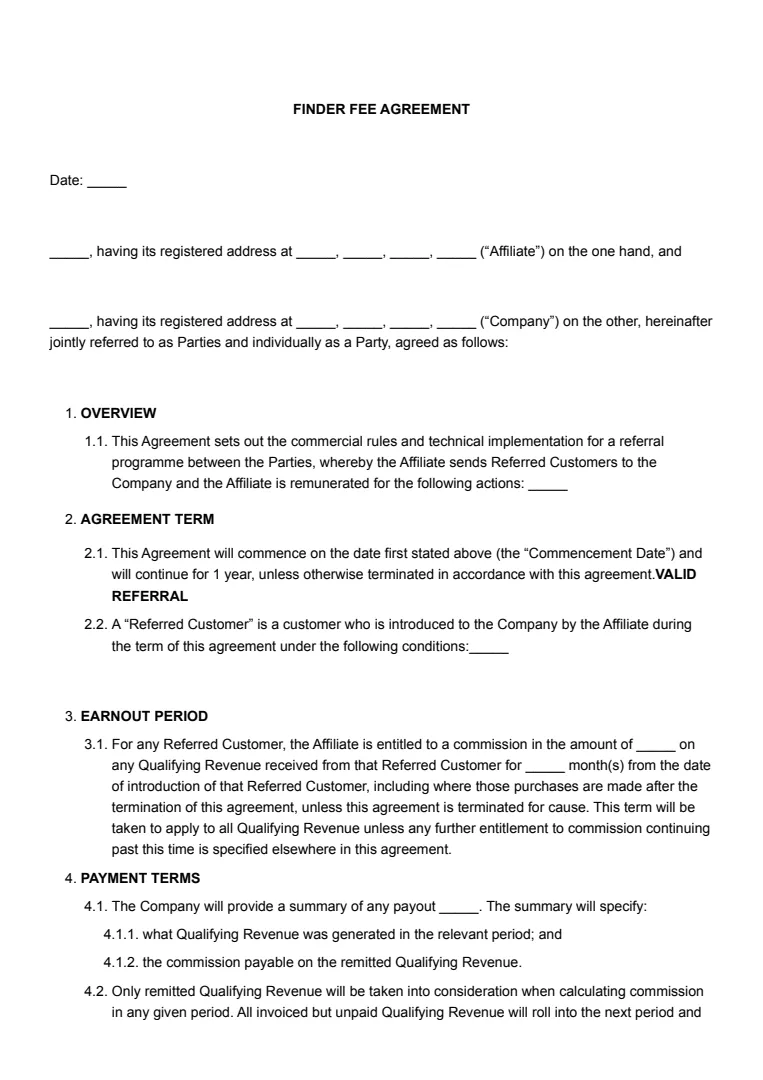What Is a Term Sheet?
A term sheet is essentially the blueprint for an investment deal. It sets out the main terms and conditions under which an investment will happen.
Think of it as a preliminary agreement, often non-binding, that guides both the investor and the startup through their negotiation journey.
When going through a term sheet, you'll typically find crucial elements such as company valuation and the proposed percentage stake for the investor. This helps both parties agree on how much the company is worth and what slice of the pie the investor will get.
You'll also encounter the type of security on offer. This might refer to common shares or, more likely, preferred stock. Preferred stock often comes with certain rights and preferences over common stock, making it a vital component of the negotiation process.
In addition to these points, a term sheet will outline other vital aspects like governance rights, board composition, and any protective provisions. These details will help shape the business relationship and future interactions between the startup and its investors.
Thoroughly understanding a term sheet is crucial, as it influences the dynamics not just for the current investment round but potentially also for future fundraising and exit strategies.
When Is a Term Sheet Needed?
If you’re navigating investment waters, term sheets become essential. Anytime you’re looking to secure investor commitment for your business, a term sheet helps both parties get on the same page.
When entering an investment deal, it’s crucial to have a clear understanding of the terms. This document outlines the basic framework, ensuring both you and the investor share expectations before any legally binding contracts are signed.
For a company experiencing rapid growth and in need of additional capital, term sheets help manage the negotiations. During fundraising rounds, a term sheet can bridge understanding between founders and investors regarding key trade-offs and the investment amount involved.
Even if you're exploring partnerships or joint ventures, a term sheet is your friend. It acts as a sort of checklist, making sure everyone knows their roles and responsibilities.
Knowing when you need a term sheet can prevent a lot of headaches down the line.
How to Write a Term Sheet
Creating a term sheet can seem daunting, but breaking it down into manageable steps makes it easier.
Understanding its key components and the order of operations helps ensure nothing vital is missed.
Step 1: Research and Preparation
Before putting anything on paper, conduct thorough research.
Look at industry standards and familiarise yourself with the financial and legal aspects relevant to your agreement.
Step 2: Outline Key Terms
Identify the key terms you want to include. These might involve the pre-money valuation, post-money valuation, and ownership structure.
Also, consider the option pool and how it influences these valuations.
Step 3: Define Financial Terms
Include financial matters such as dividends and liquidation preferences.
Determine conversion rights to ensure clarity on how investments convert into shares.
Step 4: Establish Governance Structures
Set terms for governance, such as board representation and the board of directors.
Voting rights and investor rights should be incorporated to establish clear control structures.
Step 5: Address Dilution and Protections
Include anti-dilution provisions to protect against share dilution and outline pro-rata rights.
Specify any anti-dilution protections to safeguard investor interests.
Step 6: Articulate Other Key Clauses
Add clauses like the right of first refusal.
Detail how decision-making processes are shared between parties through mechanisms like the capitalisation table.
Step 7: Draft the Document
With all your information ready, draft the term sheet clearly and logically. You can use a term sheet template to ensure the structure and content are correct.
Ensure each section is concise yet comprehensive for easy understanding.
Step 8: Finalise the Draft
Finalise the draft, ensuring it reflects all agreed terms and negotiable points.
Make room for adjustments after negotiations to accommodate the needs of all parties involved.















